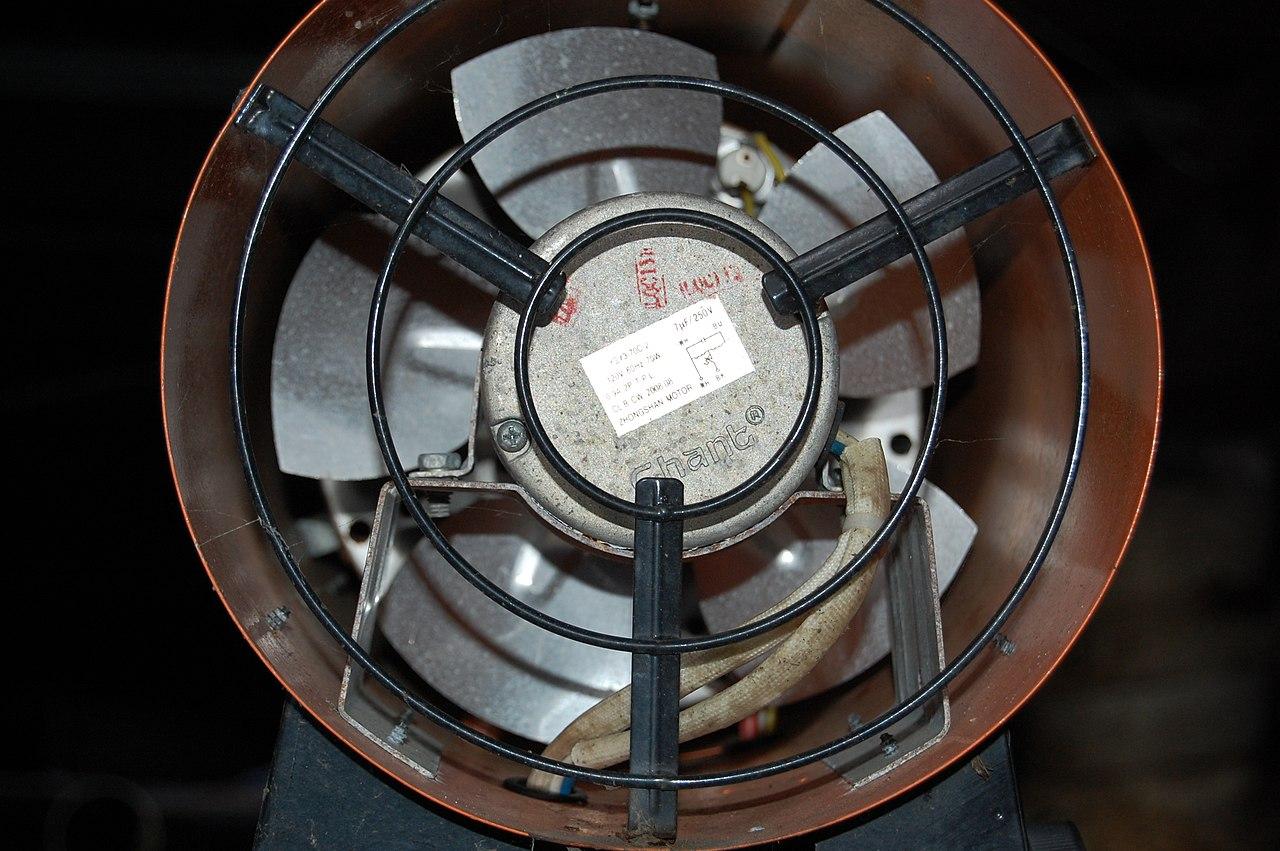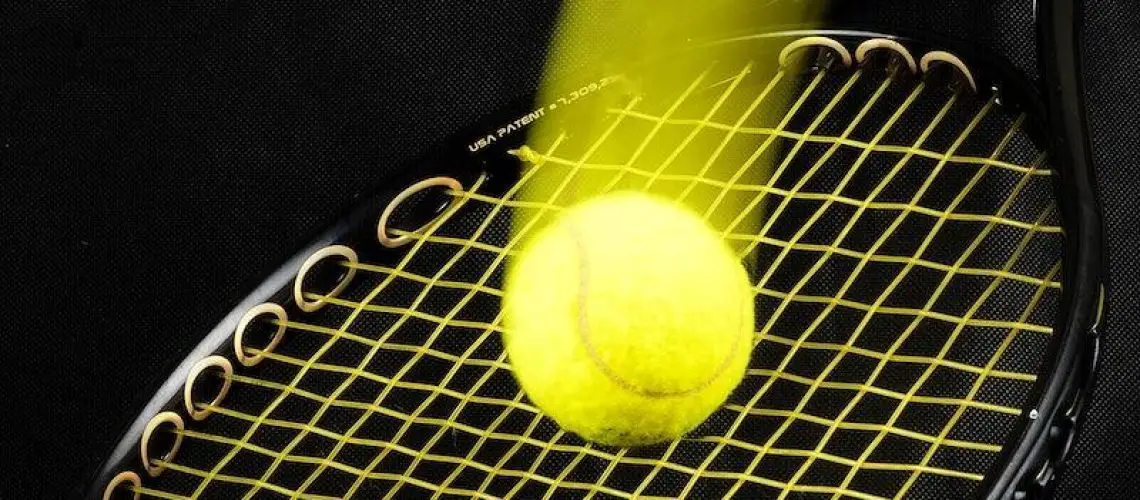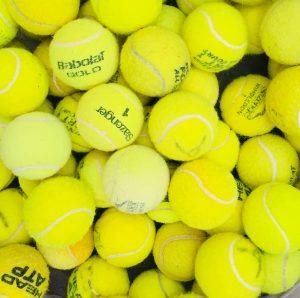We may earn money or products from the companies mentioned in this post.
Brief History of Platform Tennis

Platform tennis, also known as paddle tennis, is a unique racquet sport that combines elements of tennis and squash It originated in the 1920s when Fessenden Blanchard, an avid tennis player from Scarsdale, New York, decided to create a game that could be played during the winter months He modified the rules and equipment of regular tennis to adapt it for play on a smaller platform made of wooden planks
Since its humble beginnings, platform tennis has steadily grown in popularity What started as a local pastime in Scarsdale quickly spread across the country as more enthusiasts discovered the thrilling nature of the game Today, it is played by thousands of players across the United States and even internationally in countries like Canada and Argentina
Differences between Platform Tennis and Regular Tennis

1 Court Size and Structure
One of the most noticeable differences between platform tennis and regular tennis is the court size and structure While a traditional tennis court measures 78 feet long by 27 feet wide, a platform tennis court is only 44 feet long by 20 feet wide The smaller dimensions make for faster-paced gameplay with less ground to cover
In addition to its size, a platform tennis court is enclosed by screens or fences that are typically made of metal mesh These screens allow players to use them strategically during gameplay by bouncing balls off them to create unpredictable shots
2 Equipment Used
The equipment used in platform tennis differs from that of regular tennis as well Players use solid paddles instead of strung racquets, which provide better control over shots due to their shorter length and solid surface area
The ball used in platform tennis is also unique – it is specifically designed to withstand colder temperatures and has less bounce compared to a regular tennis ball This reduced bounce makes the game more challenging and requires players to adapt their strategies accordingly
Rules and Scoring

Basic rules of the game
In order to play a fair and competitive game of tennis, there are certain basic rules that all players must follow These rules dictate how the game is played and ensure a level playing field for both competitors
-
Serving requirements:
When it comes to serving, there are specific guidelines that players must adhere to One notable requirement is that the serve must be performed underhand, rather than overhand like in other racket sports Additionally, the server must aim to hit the ball into their opponent’s designated service box on the opposite side of the net -
Ball in play:
Once the ball is put into play by the server, there are certain actions that are allowed or prohibited during gameplay For example, hitting the ball off screens or walls is not allowed, as it would give an unfair advantage to one player Furthermore, players are typically allowed only one bounce before they have to return a shot back over the net
Scoring system
The scoring system in tennis may seem complex at first glance, but with some explanation, it becomes easier to understand and keep track of during a match
-
Points system explanation:
In tennis, points are awarded based on each successful rally between players The scoring starts with “love” (zero points) and progresses through “fifteen,” “thirty,” and finally “forty” If both players reach forty points, it results in a tie called “deuce” From deuce, either player needs to win two consecutive points to gain an “advantage” If they win another point after having an advantage, they win the game -
No-ad scoring variation:
In some situations, particularly in shorter matches or certain tournaments, a no-ad scoring system is used This means that when the score reaches deuce, only one more point is played to determine the winner of the game This speeds up gameplay and adds an extra level of excitement and pressure to each point
Tiebreakers and deciding sets
In longer matches or when players are tied at a specific set score, tiebreakers come into play A tiebreaker is a separate game-style format where players alternate serving points until one player reaches a set number of points (usually seven) with at least a two-point advantage The winner of the tiebreaker wins that particular set
In deciding sets, such as in Grand Slam tournaments, additional rules may be implemented to ensure a clear victor These rules can include playing until one player has a two-game lead or using tiebreakers at certain game scores
By understanding and following these rules and scoring systems, players can engage in fair and competitive tennis matches while enjoying all the excitement and challenges that come with this beloved sport
Techniques and Strategies

Serving Techniques
When it comes to serving in a game of tennis, there are a few key techniques that can greatly improve your consistency and accuracy One often overlooked method is the underhand serve, which offers more control and can catch your opponent off guard By utilizing this technique, you can surprise your opponent while maintaining a steady rhythm in your serves
Another important aspect of serving is placement strategies Understanding your opponent’s weaknesses and exploiting them through strategic placement can give you a significant advantage on the court By targeting areas where your opponent struggles to return effectively, you can force them into making errors and gain the upper hand in the game
Returns & Volleys
When receiving an opponent’s serve, you have two main options: the drive return or the lob return The drive return involves hitting the ball forcefully back towards your opponent, putting pressure on them from the start On the other hand, a lob return involves sending the ball high into the air, allowing you to buy time or set up offensive opportunities
In addition to returns, positioning at the net for effective volleys is crucial for success in doubles play By being in the right place at the right time, you can capitalize on weak shots and put yourself in a position to easily finish points at close range Proper net positioning requires anticipation skills and quick reflexes
Groundstrokes & Screen Play
Your groundstrokes play an essential role in dictating rallies during a tennis match Mastering forehand and backhand shots off both deck (when the ball bounces) and screen (when it hits directly off one of the walls) is vital for maintaining control over each point
Lobs are another valuable tool in your arsenal, allowing you to buy time and set up offensive opportunities By lofting the ball high over your opponent’s head, you force them to retreat and give yourself a chance to reposition or prepare for an aggressive shot
Tips for Improvement & Getting Started

Are you looking to improve your platform tennis game? Whether you’re a beginner or an experienced player, honing your skills is key to becoming a formidable competitor Let’s explore some tips and strategies to help you level up
Practice Drills
If you want to see progress in your platform tennis game, dedicated practice is essential Start with solo drills that target specific skills Work on your serving technique, focusing on accuracy and placement Improve your groundstroke consistency by practicing hitting the ball cleanly and with control Enhance your lob accuracy by working on height and distance Lastly, develop quick reflexes for volleys by incorporating rapid-fire volley drills into your routine
Partner Drills
Once you’ve mastered solo drills, it’s time to involve a partner in your practice sessions Crosscourt rallies are an excellent way to improve your shot selection and footwork while maintaining consistent ball movement Engage in volley exchanges to sharpen your net play skills and develop better anticipation of the opponent’s shots Additionally, focus on recovering from lobs effectively by practicing lob recovery drills with a partner
Additional Resources
To further enhance your platform tennis journey, leverage additional resources available to you Learn from expert players who have mastered the game by observing their techniques and strategies during matches or training sessions whenever possible Take advantage of instructional videos tailored specifically for platform tennis players which can provide valuable insights into various aspects of the sport such as shot execution, positioning, and tactical decision-making
Getting Involved in Your Local Community
Becoming part of the vibrant platform tennis community can greatly contribute to both personal growth and skill development opportunities Start by finding local platform tennis courts and leagues in your area Connecting with other players who share your passion for the sport can provide a supportive network for learning and improvement Additionally, consider participating in tournaments and events to challenge yourself against different opponents and gain valuable experience
By incorporating these tips into your platform tennis journey, you’ll be well on your way to improving your skills and enjoying the game even more So grab your paddle, hit the court, and let the transformation begin!
Useful Links

Pop tennis
Platform Tennis • Glen Ellyn Park District
Platform Tennis | Oakland County, MI
Platform tennis | sport
Play Platform | SouthBarringtonClub
Platform Tennis as a Beginner…
Platform and Paddle Tennis – Atlas of Popular Culture …
Pickleball vs. Paddle Tennis (Pop Tennis) vs. Padel
Platform Tennis
Difference between Padel, Platform Tennis, POP …
Platform Tennis – Wilmette Park District
How to Play Platform Tennis – Richard C. Squires
Platform Tennis
Platform Tennis – Owl’s Nest Resort
Platform Tennis | The West Side Tennis Club at Forest Hills
Platform Tennis Museum and Hall of Fame | Home
Instructional Videos – Old Farm Swim and Paddle Tennis Club
Tennis, Platform Tennis & Pickleball | Scarsdale, NY
How to Play Platform Tennis






